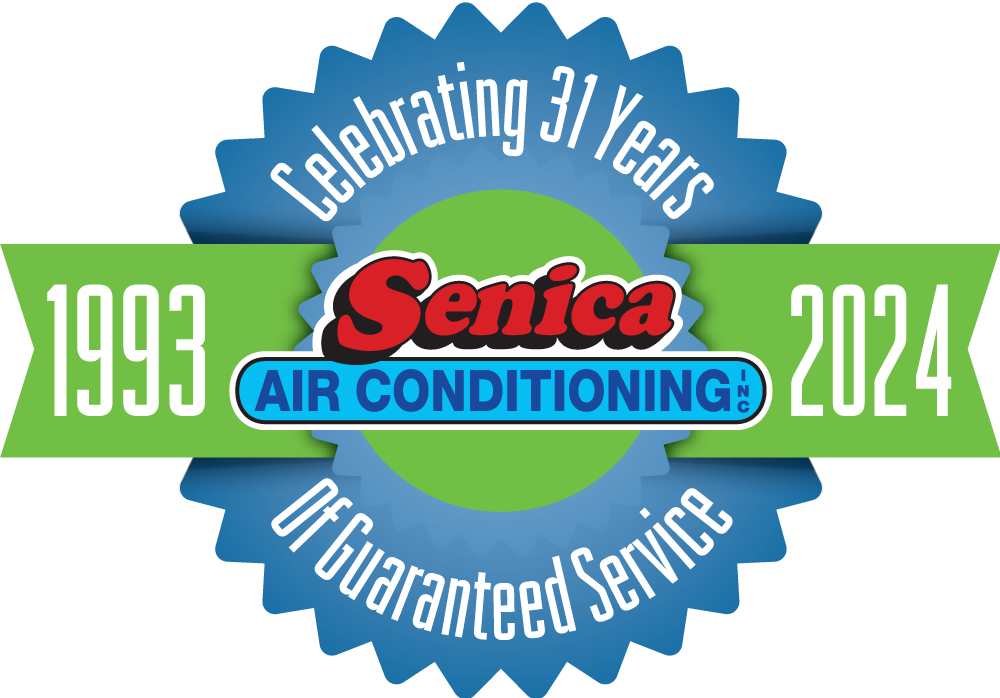Poor indoor air quality (IAQ) is an issue in an overwhelming number of households, according to the U.S. Environmental Protection Agency (EPA). This problem affects the health of occupants and hinders their ability to be comfortable in their own homes. If you want to ensure optimal air quality in your Tampa area home home, use this guide to identify various contaminants room by room, and implement an IAQ strategy that boosts comfort and alleviates and prevents common health ailments.
Identifying contaminants
The list of potential indoor contaminants is long and disheartening for occupants suffering from respiratory issues, such as asthma, COPD and/or allergies. While an effective IAQ strategy combats all contaminants for optimal air quality, it’s good to familiarize yourself with the contaminants that thrive in the warm, humid climate of Tampa and the surrounding area.
- Biological contaminants include mold spores, dust mites and cockroaches (including droppings and body parts), bacteria and fungi.
- Particulates include pesticides, pollen and pet dander.
- Organic gases (volatile organic compounds – VOCs) include cooking and pet odors, and formaldehyde, benzene and other chemicals found in and released from paints, cleaners, tobacco smoke, solvents and auto emissions from attached garages.
Clear the air in your home
Contaminant source control is the “hands-on” element of your IAQ strategy, and it’s likely necessary in all areas of your home for optimal air quality.
Basement
- Issues: Whether you have an unfinished basement or use it for living space, it has the potential to harbor harmful contaminants due to excessive moisture, air leaks and lack of ventilation. Moreover, the basement is the primary entry point for radon – a harmful radioactive gas that is the number one cause of lung cancer in non-smokers, and is attributed to about 21,000 lung-cancer deaths in the U.S. each year.
- Solutions: Seal cracks with expanding foam and caulk. Consider using a portable dehumidifier to control moisture. If the basement is used as living space, ensure adequate ventilation. If the basement is used to store chemicals, make sure containers are properly sealed. It’s highly recommended to test for radon in your basement and home. You may purchase a do-it-yourself testing kit at your local hardware store, or contact an IAQ and HVAC professional.
Living room
- Issues: Living rooms are high-traffic areas of a home where viruses, pollen, mold spores and other outside contaminants first enter the home, usually by air exchange (entry doors, open windows and air leaks around doors and windows), on shoes or carried in by occupants.
- Solutions: Vacuum and dust weekly. Turn on the central-air system while cleaning to pull indoor air through the air filter. Seal air leaks around exterior doors and windows with weatherstripping, caulk or expanding foam, depending on the situation. Consider implementing a “no shoes” policy by placing a shoe rack next to entry doors.
Bathroom
- Issues: Bathrooms typically contain the most moisture of any room, which is why mold and mildew growth is so prevalent there.
- Solutions: Use a ventilation fan during bathing. Check to make sure the ventilation fan exhausts outside the home, and not simply into the attic. Wipe down shower walls with a towel after bathing.
Kitchen
- Issues: Cooking odors, cleaning supplies, pesticides, germs, and perhaps pets and pet supplies are issues in the kitchen.
- Solutions: Use the ventilation fan during cooking, and make sure it exhausts outside the home. Tightly seal all cleaning supplies and pet supplies. Do not leave food out too long, or you’ll encourage pests and rodents. Sink garbage disposals can help minimize garbage bin odors. Consider using non-toxic pesticides which don’t unnecessarily expose your household to VOCs.
Bedroom
- Issues: Bedding harbors dust mites, which trigger allergies and asthma attacks. Keep your eye on materials stored in closet space. With the high humidity in our region, textiles and leather clothing and accessories stuffed in the back of closets can quickly become covered with green mold.
- Solutions: Wash bedding in hot water, vacuum and dust on a weekly basis. Seal pillows and mattresses in allergen-proof covers. Consider placing a small dehumidifier (made for closets) inside the closet(s).
IAQ strategy: whole-house approach
Once you’ve sealed and controlled contaminant sources, you need to ensure proper ventilation, humidity management and air purification.
- Whole-house dehumidifiers maintain optimal air quality and humidity (30 to 50 percent) which inhibits mold growth and dust-mite proliferation.
- Energy-recovery ventilators provide cost-effective whole-house ventilation by exchanging heat and moisture between fresh supply air and contaminated indoor air.
- Air-purification systems combat biological contaminants, particulates and odors.
For more information about achieving optimal air quality in your home, please contact us at Senica Air Conditioning, Inc. today. For 20 years, we’ve provided superior IAQ, cooling and heating services to homeowners in the Tampa, St. Petersburg and Clearwater areas.



